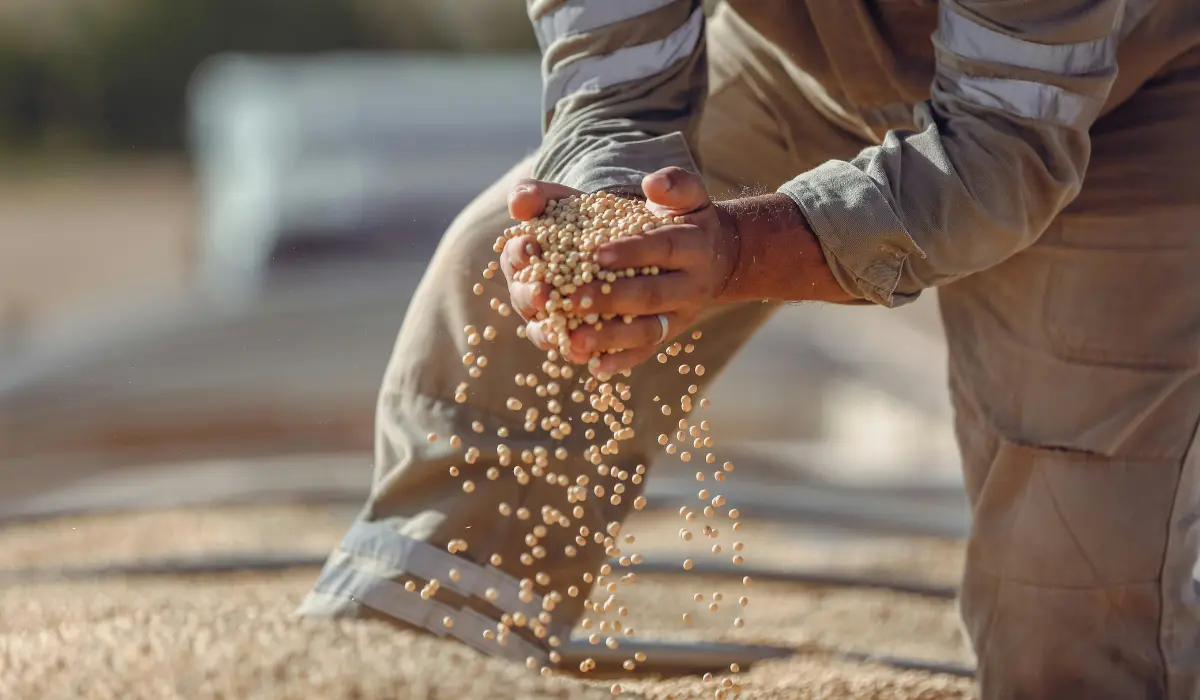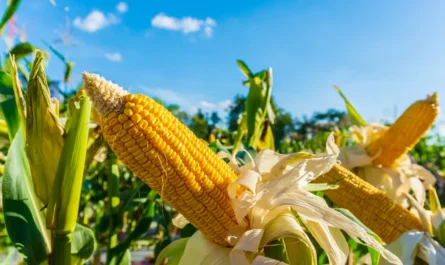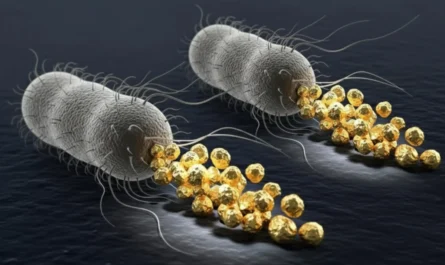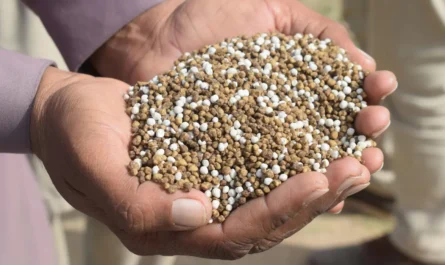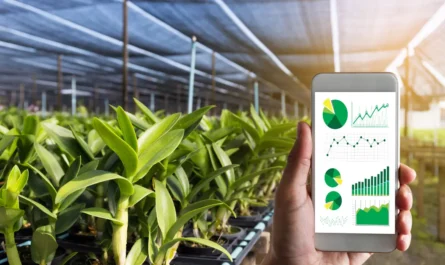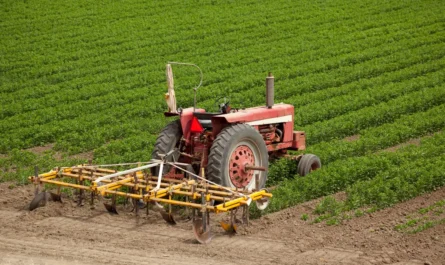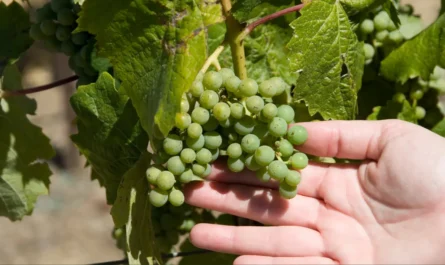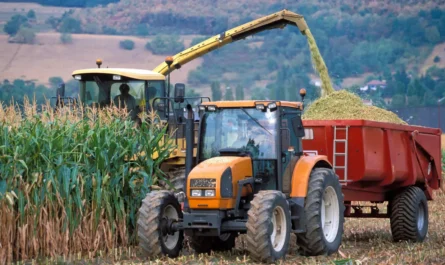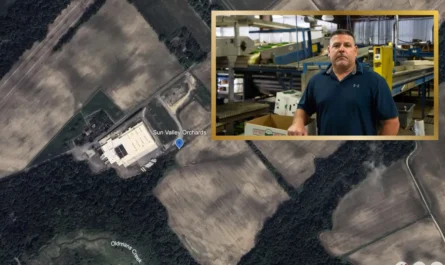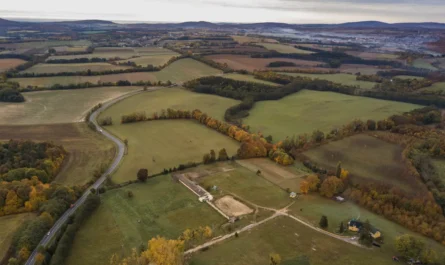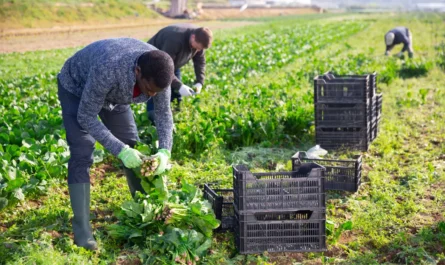Red crown rot, a destructive soybean disease once confined largely to the southern United States, is steadily spreading its footprint across Illinois and neighboring states, raising new concerns for growers already facing yield losses from heat and drought. First detected in Illinois in 2018, the disease has moved beyond isolated cases to become a recurring challenge in multiple counties, signaling an emerging threat to one of the nation’s most important soybean-producing regions.
A Growing Concern Across Illinois
According to reports from the Crop Protection Network, red crown rot has now been confirmed in 34 Illinois counties, making the state the most heavily impacted among major soybean producers. While not yet classified as an epidemic, agronomists warn that this season has brought a noticeable uptick in cases.
Phil Krieg, agronomist with Syngenta covering southern Illinois, said the disease is showing up right where experts expected it to, but its prevalence is becoming harder to ignore.
“Red crown rot is showing up right on schedule where it is a problem,” Krieg explained. “Overall, the footprint of red crown rot is expanding throughout the area, not an epidemic, but more is being found.”
Other states have also seen confirmed cases. Indiana, Kentucky, Missouri, Louisiana, and Delaware have all reported the disease, with Ohio documenting it for the first time this year. The widening distribution underscores how quickly the soil-borne pathogen is adapting to new environments.
Distinguishing Red Crown Rot From Other Soybean Diseases
One of the challenges farmers face is correctly identifying the disease in their fields. Its symptoms can resemble other common soybean problems such as sudden death syndrome (SDS) and brown stem rot (BSR). But there are key differences that growers need to recognize.
Matt Montgomery, agronomy education lead at Beck’s Hybrids, explained that while SDS often wipes out large, uniform patches of soybeans in what looks like a single “lightning strike” across the field, red crown rot usually creates a patchwork effect. Farmers might see healthy green plants growing right next to dead or yellowing ones.
“That irregular mix should be a red flag,” Montgomery said. “If you’re driving past and see it, don’t just keep going. Stop, walk into the field, and look closer.”
Confirmation requires checking the lower stem for distinct signs. Farmers should look for reddish discoloration along with small red fruiting bodies, known as parathecia, about an inch above or below the soil surface. These signs are easiest to spot in mid-August, Montgomery noted. For certainty, sending samples to a plant diagnostic clinic is advised.
Limited Management Options Leave Growers with Tough Choices
Once red crown rot takes hold, options for managing it are scarce. Current seed treatment technologies provide only partial protection. Saltro, regarded as the most effective product available, can reduce damage but often struggles to hold up when disease pressure is intense.
Compounding the problem is the fungus’s ability to survive in the soil for years. It produces durable structures called sclerotia, which allow it to persist even in the absence of soybeans. This makes crop rotation a weak defense, since the pathogen can survive until soybeans are planted again.
Montgomery emphasized that weed management should not be overlooked, as many weed species can serve as alternate hosts for the fungus.
He also advised farmers to minimize the risk of spreading contaminated soil from one field to another.
“If you think you’ve got a field that’s got RCR, let’s work that piece of ground last,” he said. “That way, you reduce the chance of moving the disease around with equipment.”
Because long-term eradication is unlikely, experts stress the importance of sound agronomic practices to reduce plant stress. Carefully timing field operations, managing soil compaction, and minimizing additional stressors can help soybeans tolerate the disease better, even if they cannot escape infection.
Weather Adding to Yield Pressure
While red crown rot is an escalating concern, weather remains the more immediate challenge for many Illinois soybean growers. The state has been grappling with extended periods of heat and dryness, leaving crops vulnerable during critical stages of development.
Krieg noted that although soybeans had improved in appearance as the season progressed, hot and dry conditions continued to shave off yield potential daily. “Overall soybeans look good, finally, but dry and hot weather is taking yield away every day,” he said.
The U.S. Drought Monitor recently classified 22% of Illinois as “abnormally dry” and 4% in “moderate drought,” underscoring the uneven but significant stress facing crops across the state.
Crop Progress Shows Mixed Signals
The U.S. Department of Agriculture’s most recent Crop Progress report offered a snapshot of how Illinois soybeans are faring. By mid-August, 94% of the state’s soybean crop had reached the blooming stage, slightly behind both last year and the five-year average. At the same time, 87% of the crop had set pods, placing Illinois ahead of its typical pace.
Crop condition ratings painted a less optimistic picture. Just 17% of Illinois soybeans were rated in excellent condition, while 43% were considered good. Nearly one-third of the crop fell into the fair category, with 13% classified as poor or very poor.
By comparison, the national average shows 15% excellent, 53% good, 24% fair, 6% poor, and 2% very poor. Illinois is faring slightly worse than the broader U.S. average, highlighting the localized challenges farmers are facing from both disease and weather.
Farmers Face an Uncertain Outlook
The convergence of rising disease pressure and unfavorable weather has left Illinois soybean growers managing uncertainty on multiple fronts.
Red crown rot’s spread suggests it will become a persistent presence in the years ahead, demanding adjustments in management strategies. Meanwhile, the yield potential this season is already being trimmed by stress from heat and dryness.
The challenge for growers is balancing short-term decisions with long-term realities. While fungicides and rotations offer limited relief, building resilience through strong agronomic practices and carefully targeted seed treatments may prove essential.
As researchers continue to study red crown rot and develop more effective tools, farmers will need to remain vigilant in scouting and swift in responding to signs of the disease. With Illinois serving as a critical hub for U.S. soybean production, the stakes are high, both for growers and for the markets that depend on their crops.
FAQ
Unlike SDS, which causes sharp, uniform patches of dying plants, red crown rot produces a mix of healthy, yellowing, and dead plants side by side. Farmers can confirm the disease by looking for reddish discoloration and small red fruiting bodies near the base of the stem. Currently, management options are limited. The seed treatment Saltro offers some protection but is not foolproof. Farmers are advised to manage weeds, rotate fields, reduce stress on crops, and take precautions to avoid spreading infected soil. How can farmers distinguish red crown rot from other common soybean diseases like sudden death syndrome (SDS)?
What management options are available for controlling red crown rot in soybeans?

